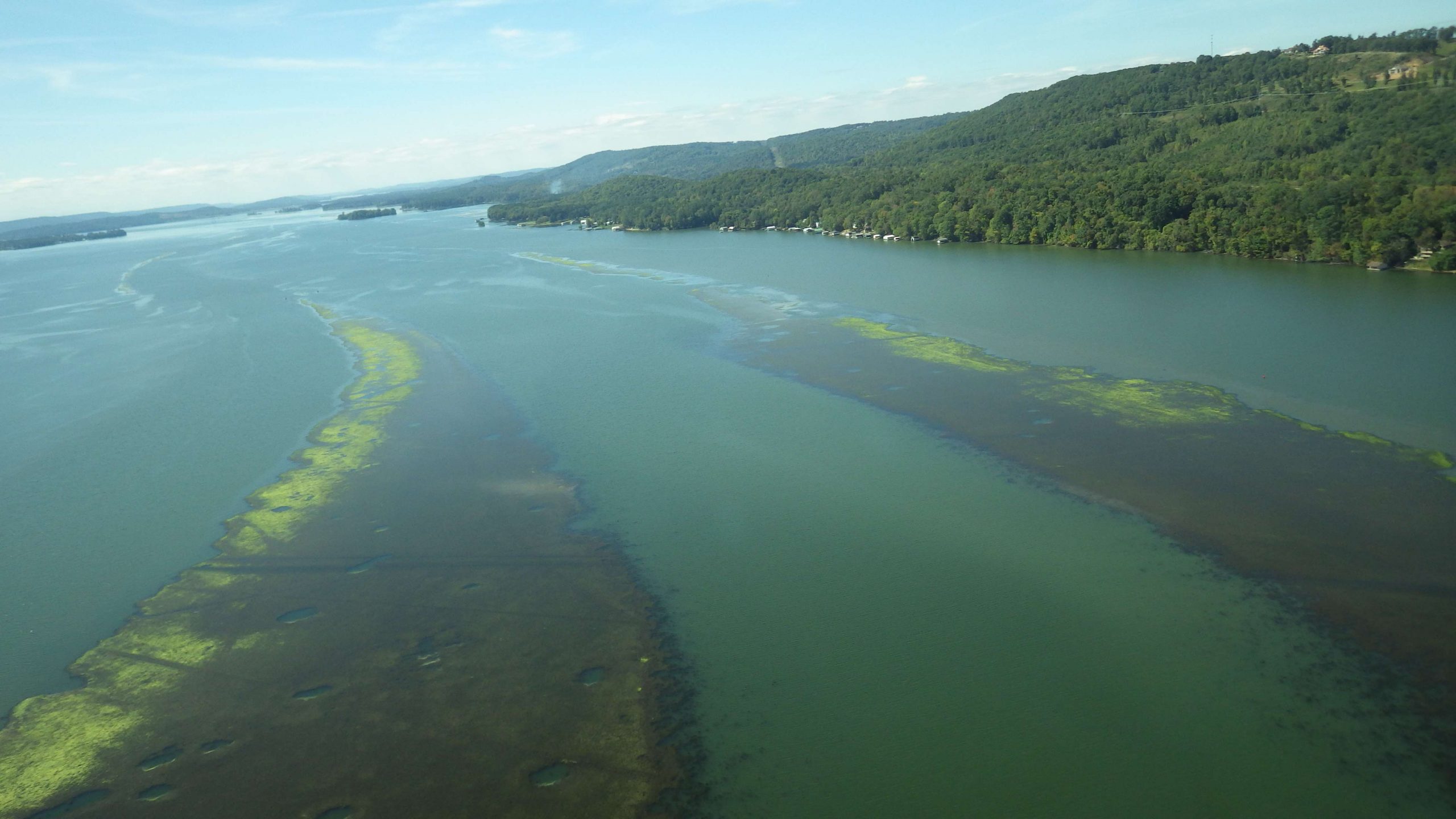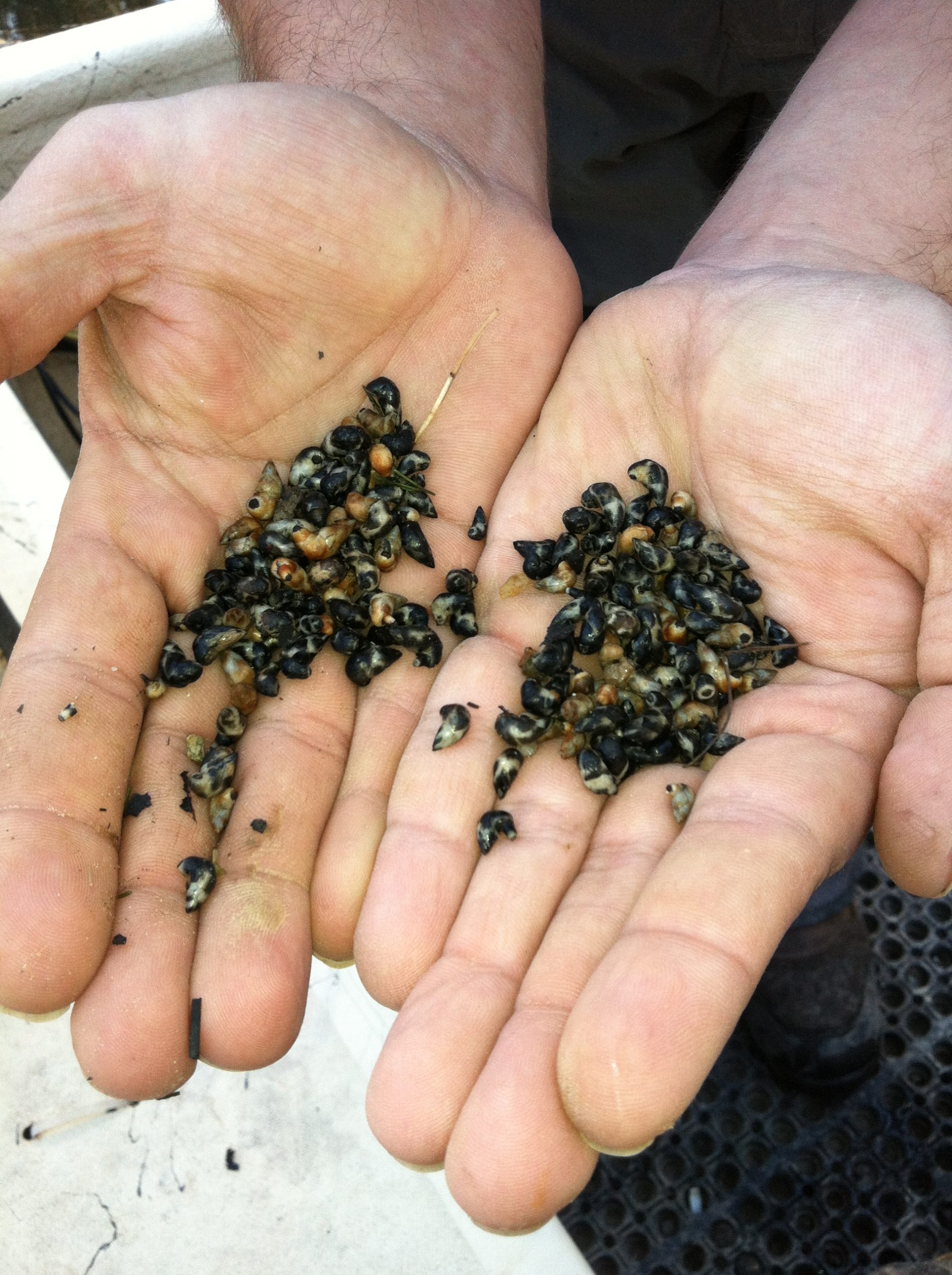
We all know the story. The frog bite from a month ago was so hot that you just can’t wait to get back on the water, but a busy work schedule has kept the Ranger parked for the past few weeks. No worries, you’ve got Saturday slated to fish those giant weed mats on your favorite lake. You arrive Saturday morning and are shocked to find that your salad-covered bass haven has now been replaced with a “veggie free” water hole. The only sign of grass is a tad of brown milfoil washed up on the boat ramp. Where has all the grass gone?
Believe it or not, this is a common scenario as winter takes its grip. What may appear nothing short of an alien abduction of your favorite grass is actually a naturally occurring process. Senescence, or the condition or process of deterioration with age, is common among aquatic plants in the more temperate regions of the country. During the year, you will notice most aquatic plants sprouting in the spring, topping out by late summer, and then starting to fall back by late fall or early winter. This cycle may look coincidental, but this is actually a strategy for survival put on by the weeds themselves.
Plants sprout in the spring as daylight increases and water warms. In summer, when growing days are longest, aquatic plants are putting all their energy into producing all those thick green stems and leaves that you love. In early fall, as daylight shortens and temperatures cool, aquatic plants begin a reversal of the process, putting all of their effort into ensuring another year through seed production and/or storage in the root system.
With no further need for their leaves to capture sunlight, or their stems to transport energy, the plants response is to simply let go of all they have grown during the warmer months. Annual plants, like your pondweeds and naiads, sprout from seed (early spring), grow like wildfire (summer), germinate to produce more seed (fall) and die completely in winter. Herbaceous perennials, like milfoil and hydrilla, on the other hand, complete a similar cycle but don’t completely die, but rather retreat to root crowns or other survival structures to sprout again in the spring. This is the plant’s natural cycle to ensure that itself, or its offspring, make it to the next year.

So the next time you see your favorite grass disappear into the blue, just know that it is simply waiting beneath the soil for the warmer days to come. While the frog bite may be gone until next October, if Mother Nature allows, you should be fishing the prespawn rattle trap bite over newly emerging grass in just a few short months. If you simply can’t get enough of that grass, head to South Florida where warmer temperatures can keep some of the green stuff year round.
Dr. Brett Hartis is an avid angler and Program Manager of the Tennessee Valley Authority Aquatic Plant Management Program.
